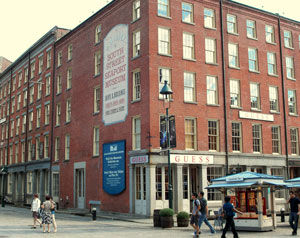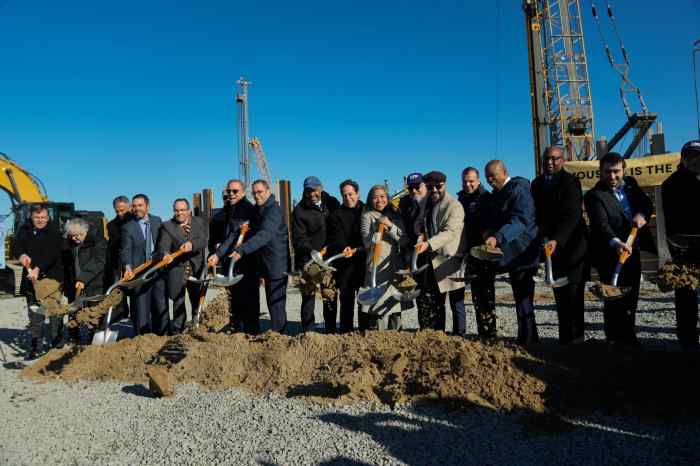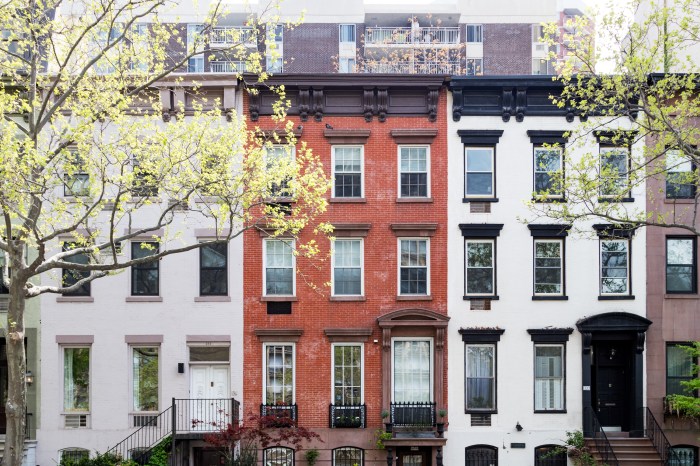This week’s reopening of the Seaport Museum is cause for celebration. The maritime museum, which for years was struggling to stay afloat with dwindling patronage and sparse exhibits, was seemingly on the verge of closing altogether until a deal was struck between the museum and the city last September. That deal would never have happened without the grassroots effort that took shape over the last year to make sure the museum did not go the way of the Titanic.
In the months prior to the deal, the museum was forced to lay off the majority of its staff and shutter its galleries. But even that did not deter people from doing everything they could to try and save this institution.
Local elected officials, Community Board 1 and the dedicated people behind the group Save Our Seaport, are all to thank for their continued advocacy to make sure this Lower Manhattan treasure was not lost.
At the same time, Mayor Mike Bloomberg recognized the institution’s importance not only as a tourist attraction, but also as a crucial thread in the fabric of this city’s history. Once called New Amsterdam due to the Dutch immigrants that settled the area, the South Street Seaport, as it is now known, is one of the remaining neighborhoods in Manhattan that cannot escape its historical significance. Even as the neighborhood changes, it remains the same. For every fancy clothing store that replaced a nautical-themed thrift shop and every fancy restaurant that replaced a fish stall or a dive bar, there is a cobblestone that is no different than it was a century ago.
In short, the Seaport Museum is a Downtown resource that now remains visible and accessible for everyone so that New York City’s past can continue to inform its future.
With all that being said, there is news of the Howard Hughes Corporation’s impending plans to redevelop certain parts of the Seaport. We encourage them to bring this plan to the community as quickly as possible, and to work with the community and local stakeholders to ensure the plan respects the community’s wishes.
These wishes include not just saving the character and past of a neighborhood, but also preserving structures like the Tin Building and the New Market building, both of which are considered landmarks in our eyes and in the eyes of those who cherish the history of the Seaport.
Indeed, Community Board 1 has adopted two resolutions directing the city Landmarks Preservation Commission to extend the historic district boundaries so that these buildings are protected. Another property to be considered is the north side of Pier 17, which once was Pier 18, and is not landmarked. Therefore, it remains vulnerable to development even though it’s on the National Register of Historic Places.
Howard Hughes Corporation should be prepared for a spirited debate on such issues, which carry deep historical significance, as well as continuity of use over four centuries.
Whatever plans they have, they should take some inspiration from the fanfare that will accompany the reopening of the Seaport Museum this week, which will revolve around the acknowledgement of the importance of the past.


















